Items
-
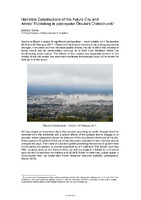
Narrative Constructions of the Future City 2016
-
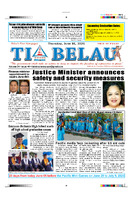
Text 2
Category 2 -
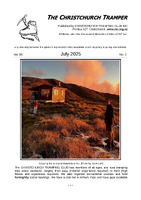
Test title
Category 1 -

KJBWPGI-V
-

Catechism
-

Catechism
-

Grey Ladies
-
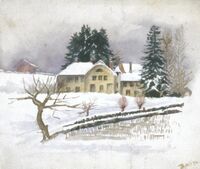
Finishing School
-
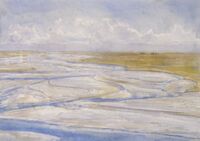
The Junction of the Pahau and Huranui Rivers
-
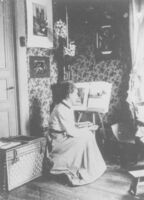
MB 558, 16093, Ursula Bethell
-
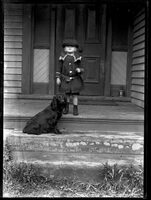
Small boy and dog.
-
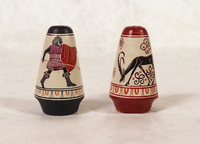
Salt and Pepper Shakers
Salt and pepper set (<temporary alphabetical list: object groupings>, object groupings, Object Groupings and Systems (hierarchy name)) -

Microscope
Microscope (optical instruments, <equipment for science and technology>, ... Furnishings and Equipment (hierarchy name)) -
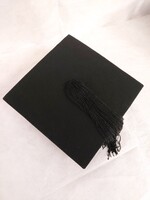
Trencher
Mortarboard (caps) (<caps by function>, caps (headgear), ... Furnishings and Equipment (hierarchy name)) -
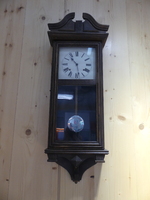
Clock
Wall clock (<clocks by form>, clocks, ... Furnishings and Equipment (hierarchy name)) -

Bicycle
Getty Thesaurus term -
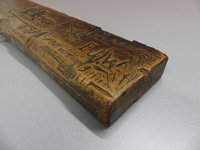
Fragment of a desk
Desk (case furniture, <storage and display furniture>, ... Furnishings and Equipment (hierarchy name)) -
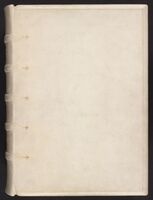
De Biblie mit vlitigher achtinghe recht na deme latine in dudesck auerghesettet
-
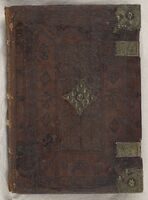
Lübeck Bible IIIF test
-
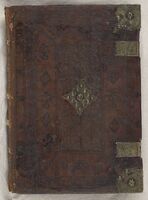
Lübeck Bible test
Item
